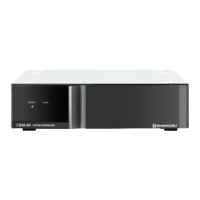What to do if Shimadzu Controller fails to start?
- CChristopher DanielsAug 1, 2025
To troubleshoot a startup failure in the Shimadzu Controller, begin by examining the CBM-20A startup status using the RUN and CONNECT indicators. Also, check the LED4 and LED5 indicators on the PCB to assess the startup status. Finally, check the startup status with the cover open.



